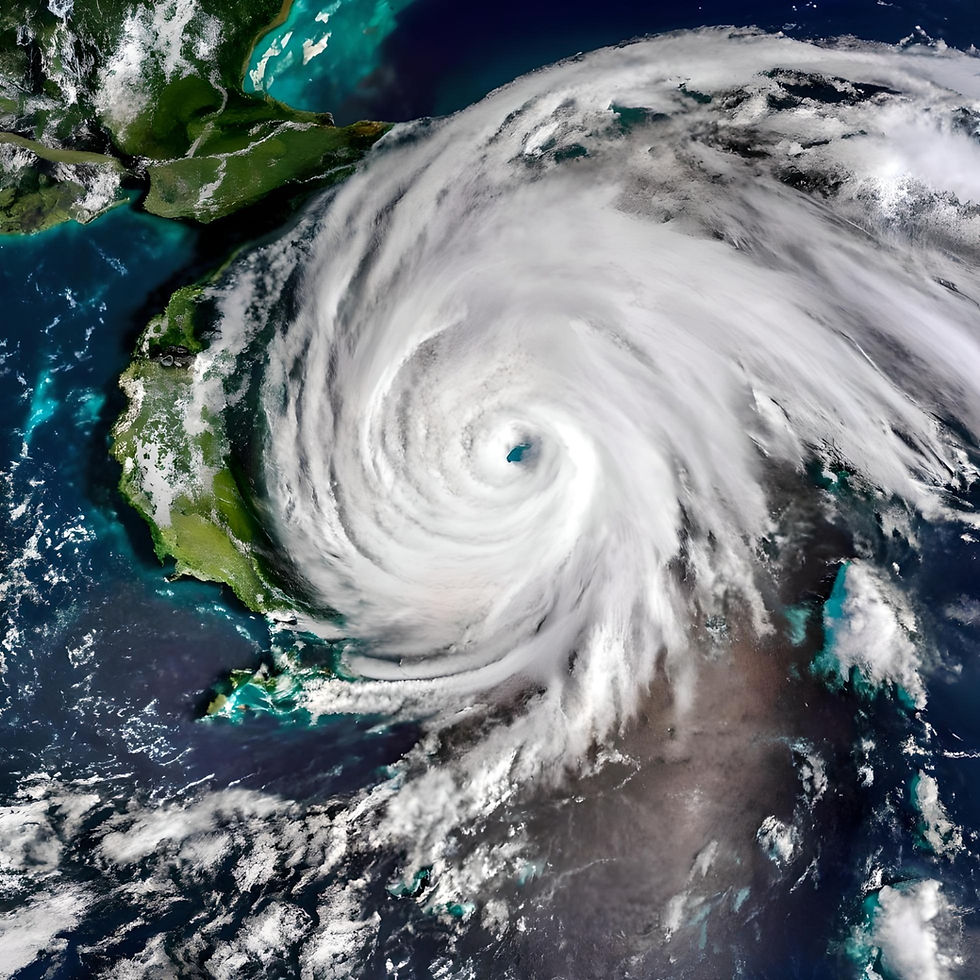SDG Report 2022: Climate Action, One of the Two ‘Green’ Areas for India
- Rituraj Phukan
- Aug 1, 2022
- 3 min read

For the second year in a row, the Sustainable Development Goals (SDGs) are not showing any progress. The Sustainable Development Report (SDR) is a global assessment of countries’ progress towards achieving these goals, and this year, India has been placed at 121st rank among 163 countries from where data was available for the rankings.
The data for India indicate ‘Stagnating’ trends for 7 of the SDGs including SDG 2 (Zero Hunger), SDG 4 (Quality Education), SDG 5 (Gender Equality), SDG 14 (Life Below Water), SDG 15 (Life On Land), SDG 16 (Peace, Justice and Strong Institutions) and SDG 17 (Partnerships for the Goals). The worst trend is for SDG 11 (Sustainable Cities and Communities) in a ‘Red box’ representing ‘Major challenges’ and a ‘Decreasing’ trend. All indicators for SDG 11 are either decreasing or stagnating.
The ones classified as ‘Moderately Improving’ fall under SDG 1 (No Poverty), SDG 3 (Good Health and Well-Being), SDG 6 (Clean Water and Sanitation), SDG 7 (Affordable and Clean Energy), SDG 8 (Decent Work and Economic Growth) and SDG 9 (Industry, Innovation and Infrastructure), with most placed in ‘Red boxes’ having ‘Major challenges’ towards their realization. No information is available for SDG 10 (Reduced Inequalities) to indicate trend and is in a box of ‘Significant challenges.’

The two ‘Green’ boxes are SDG 12 (Responsible Consumption and Production) and SDG 13 (Climate Action) with both showing trends of ‘On track or maintaining SDG achievement’. All indicators for SDG 12, including municipal solid waste, electronic waste, plastic waste export, and emissions of SO2 and Nitrogen are ‘Green’ indicating targets on track or already achieved. Similarly for SDG 13, all indicators of CO2 emissions are either on target or SDG is already achieved.

The average SDG Index score slightly declined in 2021, partly due to slow or nonexistent recovery in poor and vulnerable countries. Multiple and overlapping health and security crises have led to a reversal in SDG progress. Performance on SDG 1 and 8 remains below pre-pandemic levels in many low-income countries and lower-middle-income countries. This is a major setback, especially considering that before the pandemic, over the period 2015–2019, the world was progressing on the SDGs, with poorer countries making greater gains than rich countries.
The 7th edition of the SDR is published exactly fifty years after the release of Limits to Growth and the first UN Conference on the Environment, held in Stockholm in 1972. SDR 2022 comes at a time when the fundamental SDG principles of social inclusion, international cooperation, responsible production and consumption, and universal access to clean energy are being challenged by multiple health, security and climate crises. Although the top ten countries in the SDG Index are all in Europe, the detailed dashboards show that major SDG challenges remain even in these countries, especially on SDGs 12 -15 (related to climate and biodiversity) and in relation to international spillovers.

Image Courtesy: Felipe, Pixabay
Low-income countries tend to have lower SDG Index scores. This is partly due to the nature of the SDGs, which focus to a large extent on ending extreme poverty and providing access for all to basic services and infrastructure. Overall, East and South Asia has progressed on the SDGs more than any other region since their adoption in 2015, with Bangladesh and Cambodia showing the most progress of all countries. Therefore, India’s ranking is a cause for concern and needs a realignment of policy actions.
The achievement of the SDGs is held back by severe financial constraints faced by the developing countries that have further aggravated due to pandemic and the war. The key to achieving the SDGs, besides preserving peace and lowering geopolitical tensions, is having a proper plan to finance them. Ahead of the SDG Summit in September 2023, which is slated to convene at the level of heads of state under the auspices of the UN General Assembly, the SDR 2022 identifies major priorities to restore and accelerate SDG progress towards 2030 and beyond.
Source:
Sachs, J., Kroll, C., Lafortune, G., Fuller, G., & Woelm, F. (2022). Sustainable Development Report 2022. Cambridge: Cambridge University Press.
About the Author:
Rituraj Phukan is an environmental writer, adventurer & naturalist based out of Assam. He serves as the National Coordinator for Biodiversity, The Climate Project Foundation, and is a member of the IUCN.










SUDIRMAN168
SUDIRMAN168
SUDIRMAN168
SUDIRMAN168DAFTAR
SUDIRMAN168LOGIN
SUDIRMAN168ALTERNATIF
SUDIRMAN168TERPERCAYA
SUDIRMAN168MAXWIN
SITUSPILIHANSUDIRMAN168&LAPAKBET777
LAPAKBET777
LAPAKBET777RESMI
LAPAKBET777GACOR
LAPAKBET777DAFTAR
LAPAKBET777LOGIN
LAPAKBET777ALTERNATIF
LAPAKBET777MAXWIN
TERMINAL4D
Daftar Link Dofollow
lapak7d
lapak7d
lapak7d
lapak7d
lapak7d
lapak7d
lapak7d
lapak7d
lapak7d
lapak7d
lapak7d
lapak7d
lapak7d
situs slot demo
slot demo X1000
scatter hitam
slot toto
situs slot online
situs slot online
situs slot online
situs slot
situs slot
situs slot
situs slot
sudirman168
sudirman168
sudirman168
slot gacor
toto singapure
situs toto 4d
toto slot 4d
pg soft mahjong2
mahjong2
pocari4d
pocari4d
pocari4d
pocari4d
pocari4d
pocari4d
pocari4d
terminalbet
terminalbet
data pemilu
utb bandung
universitas lampung
slot bonus new member
ksr88
ksr88
ksr88
ksr88
Slot Dana
situs slot gacor hari ini
terminal4d
terminal4d
terminal4